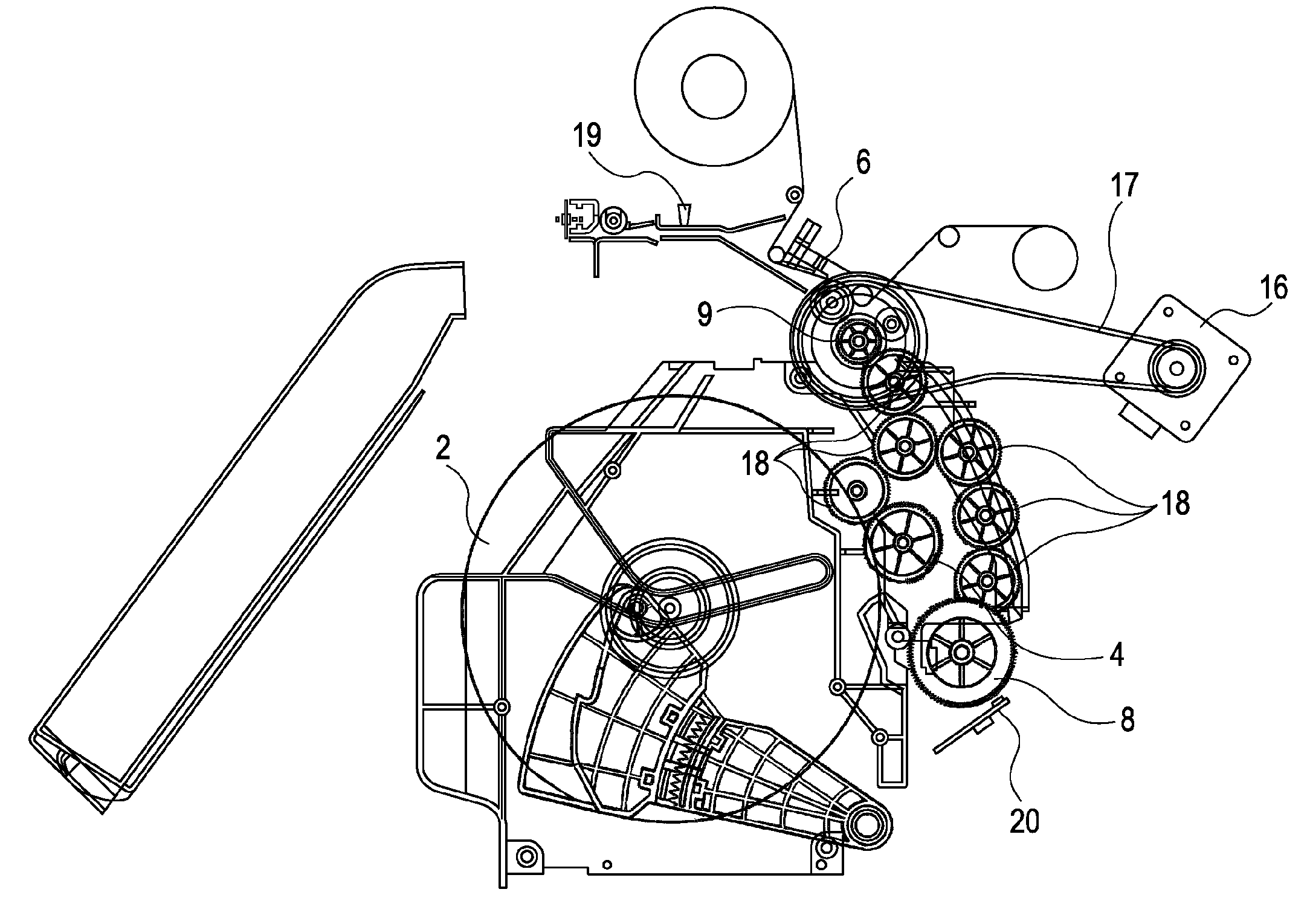Printing apparatus
a printing apparatus and printing technology, applied in printing, measuring devices, instruments, etc., can solve the problems of increasing the risk of uncontrollable reverse conveyance of recording media, increasing the risk of loss of synchronization of stepper motor, and increasing the risk of loss of conveyance load, so as to improve user experience, reduce the size, weight, and the production cost of the device.
- Summary
- Abstract
- Description
- Claims
- Application Information
AI Technical Summary
Benefits of technology
Problems solved by technology
Method used
Image
Examples
Embodiment Construction
[0025]A mode for carrying out the present invention (referred to below as an embodiment) will be described below in the following order.
1. An example of a general configuration of a printing apparatus according to an embodiment of the present invention
2. An example of a processing operation performed by the printing apparatus according to the embodiment of the present invention
[0026]An explanation is given below taking a dye-sublimation thermal printer device as an example of a printing apparatus according to an embodiment of the present invention. The dye-sublimation thermal printer device (referred to below simply as a printer device) is configured to print an image by sublimating sublimation dye applied to an ink ribbon and transferring it onto a recording medium using thermal energy generated when electric power is applied to heater elements in a thermal head. Roll paper may be used as the recording medium. The roll paper is contained in a roll paper holder in a roll shape to be...
PUM
 Login to View More
Login to View More Abstract
Description
Claims
Application Information
 Login to View More
Login to View More - R&D
- Intellectual Property
- Life Sciences
- Materials
- Tech Scout
- Unparalleled Data Quality
- Higher Quality Content
- 60% Fewer Hallucinations
Browse by: Latest US Patents, China's latest patents, Technical Efficacy Thesaurus, Application Domain, Technology Topic, Popular Technical Reports.
© 2025 PatSnap. All rights reserved.Legal|Privacy policy|Modern Slavery Act Transparency Statement|Sitemap|About US| Contact US: help@patsnap.com



